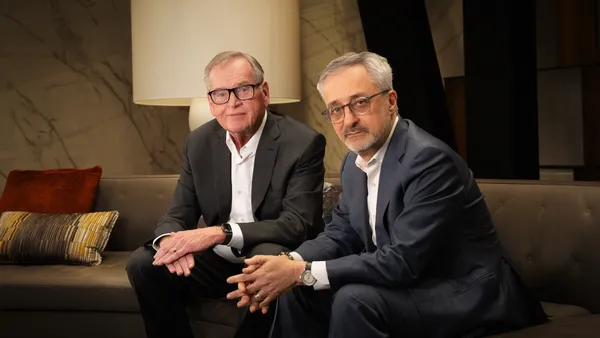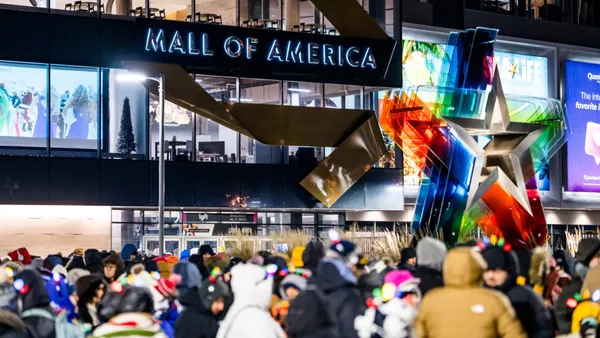In 2024, fragmented privacy laws, increasing artificial intelligence (AI) use and an uncertain financial landscape have disrupted an increasingly complex marketing landscape. As the industry heads into 2025, recent research from Forrester suggests another 12 months of unpredictability and contradiction lies ahead.
One expected contradiction that could challenge marketers is how even privacy-conscious consumers are likely to give up personal data for AI convenience, at a rate of four in 10, according to Forrester. However, marketers need to remain attuned to a quickly changing privacy landscape which is only growing more complex in the absence of a federal privacy law.
“The privacy landscape has been shifting quickly, and 2025 won't be any different. In the U.S., I don't think we'll see significant shifts in terms of new regulations, but as state regulators enforce newer privacy laws for the first time, there will be ripple effects for marketers,” said Stephanie Liu, senior analyst at Forrester in an email to Marketing Dive.
Forrester’s 2025 predictions for B2C marketing and for consumers evaluate key trends for the coming year and predict how the marketing landscape could be impacted.
The contradictory consumer
The 2025 consumer is expected to be full of contradictions. For example, brand loyalty is expected to decline by 25%, but loyalty program usage will increase. With food prices rising 22% since the pandemic, consumers are looking to get the best deals when and where they can. Using a loyalty program is one part of that strategy. Marketers may be able to use this to their advantage, as not only do these programs provide valuable consumer insights, they can make the consumer think they are accruing more value than they would have through price-driven shopping.
“In the near term in the U.S., we will be seeing signs of economic ease (e.g. interest rates) but that doesn’t mean that the consumer will recover quickly. We’ll still see consumers struggle with the everyday essentials but for consumers who are mid to higher income, we’ll start seeing more spending with bigger ticket items,” said Audrey Chee-Read, principal analyst at Forrester in an email to Marketing Dive.
Additionally, consumers are predicted to stick with social media despite negative coverage, per the report. In fact, social media usage is expected to grow 10% in the coming year. Not only do social platforms continue to provide consumers with entertainment, they have also become shopping destinations, giving marketers the opportunity to interact with consumers during all stages of the purchasing process.
The automated CMO
Marketers are also facing an uncertain and rocky 2025. While AI isn’t expected to reduce headcount, it still will impact how marketers perform their duties. Approximately 25% of CMOs will have to codify their marketing operations due to AI. Generative AI isn’t the only piece of technology which will be impacting marketers in the coming year, according to Forrester. Marketers should also be prepared for privacy changes, which can lead to legal challenges.
“AI will play a large role – some obvious to consumers but much of it won’t be obvious. For marketers, much of it will be about driving efficiency. The same can be said for consumers, as companies create consumer-facing experiences that actually assist in tasks for them. But for consumers, adoption will be much more sporadic and slower in nature,” said Chee-Read.
While reaching consumers in the upcoming year may seem challenging, there is at least one bright spot for marketers. Emerging sport leagues, such as pickleball and cricket, will become a priority for one in five brands investing in streaming sponsorships. These more niche sport leagues are especially valuable for brands looking to reach younger consumers. For example, 20% of millennial and Gen Z online consumers show interest in Major League Pickleball, compared to just 8% of Gen X consumers.












